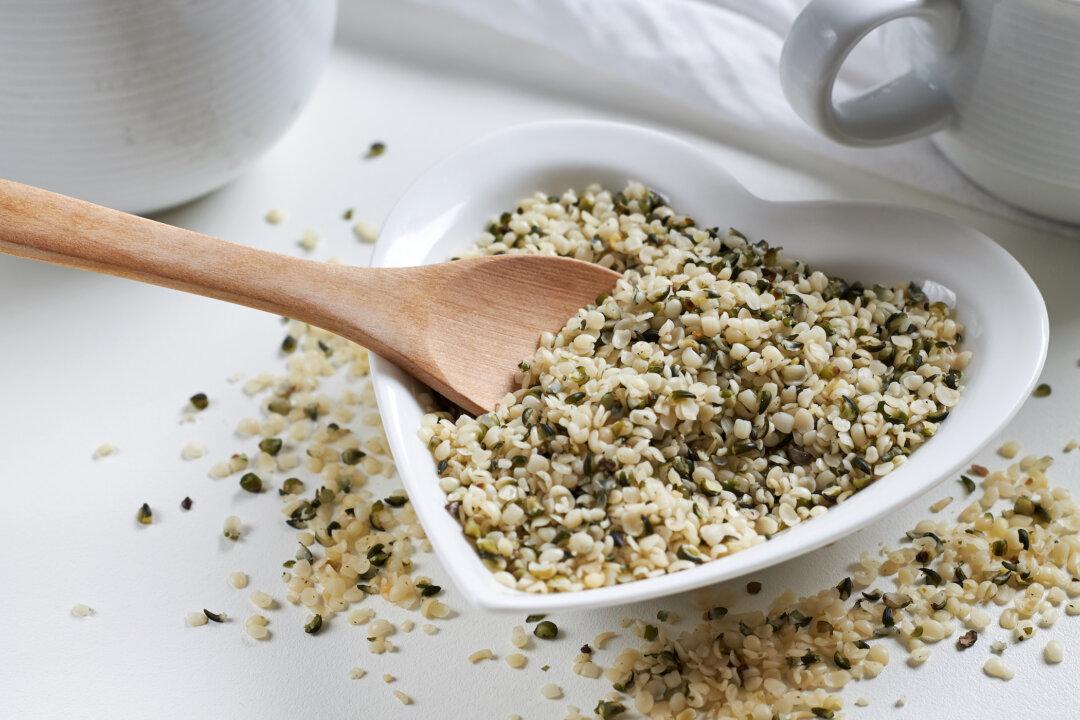Who would have thought that the zany cartoons we grew up with could contain accurate nutritional information? Viewers of a certain age might remember “Popeye the Sailor Man,” who gobbled cans of spinach whenever he needed a boost of muscular power to fight the villainous Bluto. As it turns out, Popeye’s strategy was surprisingly sound.

By Maridav/Shutterstock
|Updated:




